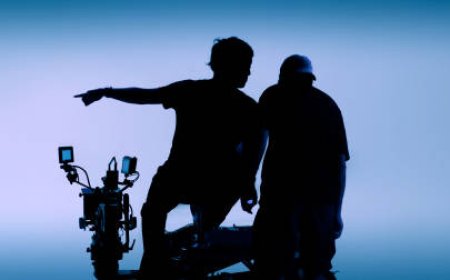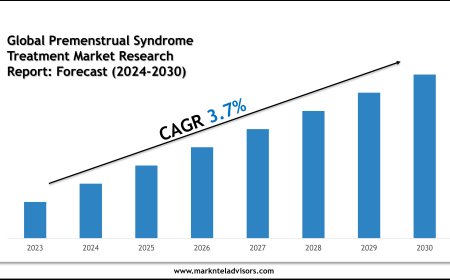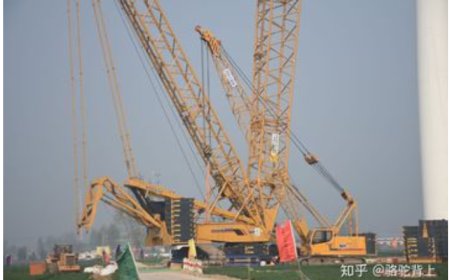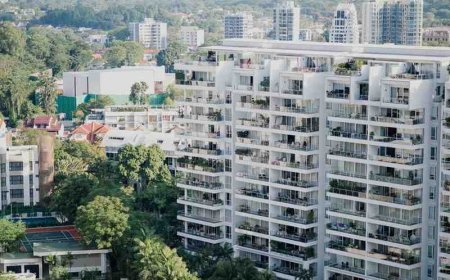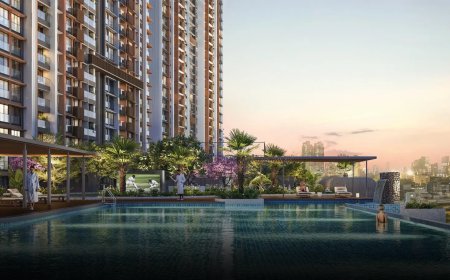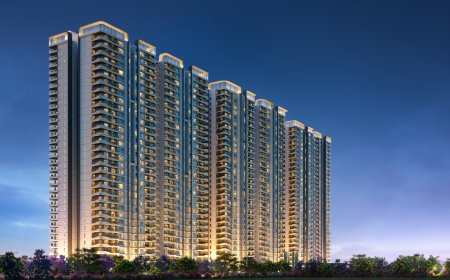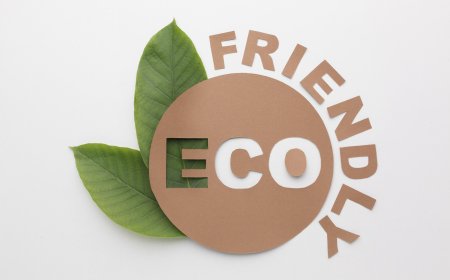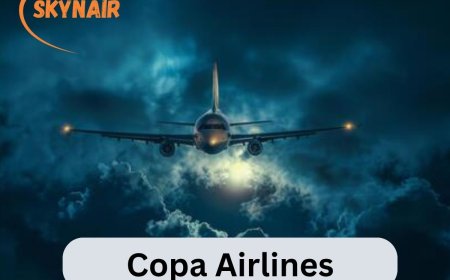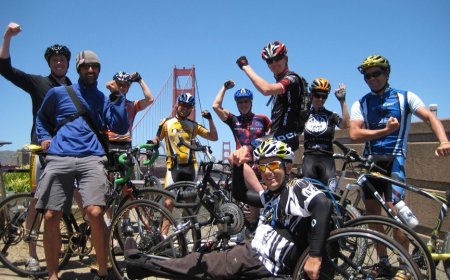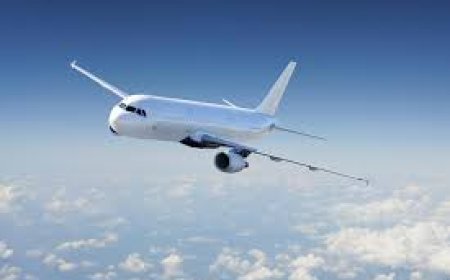How to understand Annapurna Trekking Costs and Fees
Planning an Annapurna trek? Learn what to expect for permits, daily costs, guides, gear, and more. Discover smart ways to budget your trip—from basic teahouses to luxury treks—while avoiding hidden expenses.
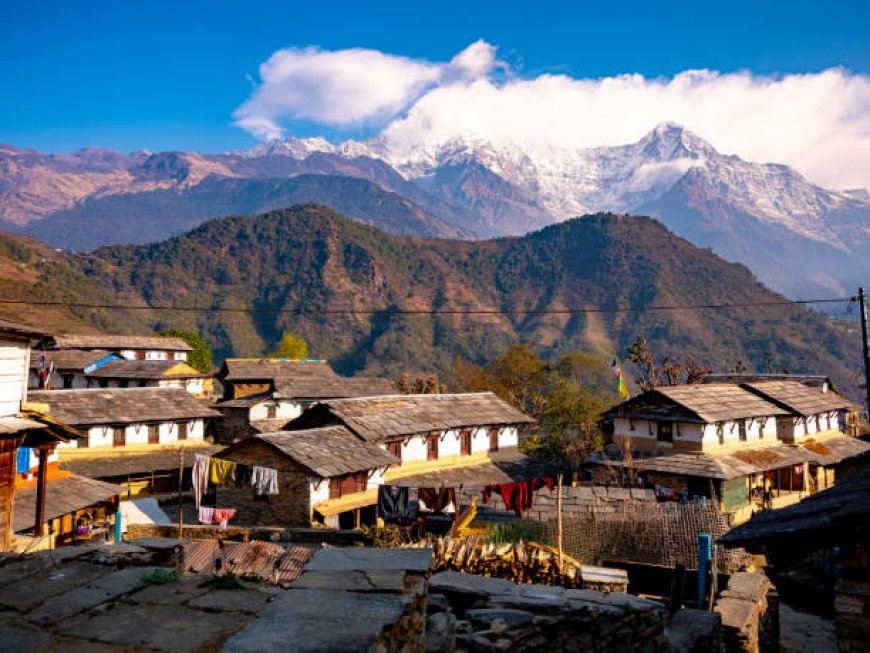
How to understand Annapurna Trekking Costs and Fees
Understanding the costs of trekking in the Annapurna region is important for budgeting and avoiding surprises during your trip. The total amount can change based on how long you trek, the route you pick, whether you go solo or hire an Annapurna Base Camp Trek Guide, and how comfortable you want to be with food and places to stay. A typical mid-range trek might cost between $25 $60 a day, which includes accommodations, meals, permits, and basic services.
One of the first costs you'll encounter is permits. You'll need two main ones: the Annapurna Conservation Area Permit (ACAP) and the TIMS (Trekkers' Information Management System) card. These are required and will run you about NPR 3,000 (around $23) for ACAP and NPR 2,000 (around $15) for TIMS if you're trekking on your own. If you book through a registered agency, they usually take care of these for you.
Accommodation prices can vary based on how remote the area is, but most teahouses charge between $5 $10 a night. Meals typically cost around $5 to $10 each, though the prices can go up at higher altitudes. Planning for about $20$30 a day for food and lodging should keep you comfortable.
If you decide to hire a guide or porter, that will add to your costs. Guides usually charge between $25$35 a day, while porters cost around $15$25 a day, which includes their food and stay. While it's optional, having them along can improve your safety and overall experience.
Dont forget about other expenses like transport to and from the trailheads (like buses or jeeps from Pokhara), travel insurance, gear rental or purchase, and tips for your guides or porters. In total, a well-planned trek lasting 1014 days might cost around $400 to $800, not counting international flights. Knowing these costs ahead of time can help you get ready for an enjoyable trek in the Annapurna region.
Annapurna Trekking Expenses Overview
If you're planning a trek in the Annapurna region, keep in mind that costs can add up fast. Heres a breakdown of what you might spend on permits, accommodation, food, transport, guides or porters, gear, and insurance. Daily expenses will depend on whether you choose basic teahouses or nicer lodges. Dont forget transportation to the trailhead, which youll often do by bus or jeep. If you need gear, you might have to rent or buy it. It's also a good idea to get travel insurance for high-altitude trekking. Keep in mind that extras like hot showers, Wi-Fi, and device charging can add to your bill. Knowing all these factors can help you budget better and avoid surprises on your Annapurna adventure.
Trekking Permits: TIMS and ACAP Fees
Before hitting the trail, youll need two permits: the Trekkers Information Management System (TIMS) card and the Annapurna Conservation Area Permit (ACAP). The TIMS card, which costs around NPR 2,000 (about $15) for solo trekkers, helps keep track of hikers for safety. The ACAP supports conservation and runs about NPR 3,000 (around $23). These permits are required before you start and will be checked at various spots along the way. If youre with a trekking agency, these fees are often part of your package. It's important to carry these permits to help with both safety and conservation.
Guide and Porter Costs
Hiring a guide or porter can enhance your trek, but it comes with more expenses. Guides usually charge between $25 and $35 a day, bringing valuable knowledge and navigation skills. Porters, who will carry your heavy stuff, typically cost about $15 to $25 a day. Their help is especially nice when the trek gets tough at higher altitudes. While its not required, having this support can make your journey safer and more enjoyable. Just remember that their food and accommodation costs are usually part of their fee. Planning for these extra costs can be worth it, especially if youre less experienced or want a more laid-back trek.
Daily Accommodation and Meal Expenses
For where to stay on the Annapurna Circuit, teahouses are your main option, with prices ranging from about $5 to $10 a night. Meals will typically run you about $5 to $10 each, and prices go up at higher elevations. Youll find staples like rice, noodles, dal, and local veggies on the menu. A daily budget of around $20 to $30 for food and lodging is quite reasonable. If you choose fancier lodges or imported food, expect to spend more. Planning your daily costs carefully will help ensure you have a comfortable trek without breaking the bank.
Transportation Costs to and from the Trailhead
Getting to the Annapurna Circuit usually means traveling to and from Pokhara, the main spot for trekkers in Nepal. Local buses are your cheapest option, costing about $5 to $15 depending on distance and comfort. If you want to travel faster and more comfortably, jeeps cost between $20 and $40. Flights from Kathmandu to Pokhara range from $100 to $150 one way, making it quicker than taking a bus. Youll have similar travel costs when heading back after your trek. Including these expenses in your budget will help keep your travel plans smooth and avoid any unexpected costs.
Gear and Equipment: Renting or Buying
Having the right gear is key for an enjoyable trek in Annapurna. If you don't have your boots, sleeping bags, or jackets, you can rent what you need in Pokhara or Kathmandu. Rental prices usually range from $5 to $15 a day for the important stuff. Buying gear might be a good choice if you trek often or want something better, but it will cost more upfront. Good gear makes a big difference in comfort and safety, especially when the weather gets rough. So, whether you rent or buy, make sure to budget for these costs as part of your trip planning.
Travel Insurance for Trekking
It's a smart idea to get travel insurance for your Annapurna trek because of risks like altitude sickness, injuries, and weather issues. A good plan should cover emergency evacuations, medical care, trip cancellations, and lost gear. Prices vary, but expect to spend about $100 to $200 for two weeks. Lots of insurance companies offer plans specifically for high-altitude treks. Having insurance gives you some peace of mind in case something goes wrong. It's a key part of being prepared for your trek in the Annapurna area.
Extra Costs: Showers, Wi-Fi, Charging
On the Annapurna Circuit, basic services like hot showers, Wi-Fi, and charging points usually cost extra. Showers usually run between $2 and $5 and are powered by solar or generators. Wi-Fi, which is handy for staying in touch and finding your way, costs around $2 to $4 each hour or day. Charging your devices can set you back $1 to $3 each time. These little extras can add up, especially in remote spots, so it's good to plan for these costs to keep you connected and comfortable on the trail.
Budget vs. Luxury Trekking
You can find trekking options in Annapurna for just about any budget. Budget travelers often stick to affordable teahouses, local meals, and public transport, typically spending $25 to $40 each day. For those looking to spend more, luxury treks offer private guides, porters, nice lodges, and private rides, pushing costs over $100 a day. Luxury trips offer more comfort and personalized touches, while budget trips feel more authentic and adventurous. The choice between the two comes down to what you prefer and can afford. Both types of trekking promise amazing experiences in the Himalayas.
Money-Saving Tips for Trekkers
You can save money on your trek by planning smart and making good choices. Book your permits directly instead of through agencies to cut costs. Choosing local teahouses over fancier lodges can help you save on where you stay. Eating local foods is cheaper than going for imported stuff. Bring a reusable water bottle and purification tablets to avoid buying bottled water. Hiring porters only for tough sections can help with labor costs. Trekking outside peak seasons often means lower prices for places to stay and transport. Finally, dont shy away from negotiating rates for guides and porters upfront. These tips can help you enjoy your Annapurna trek without breaking the bank.
What is the cost of trekking?
The cost of trekking varies based on the area, how long youre going, and how comfortable you want to be. In popular trekking spots like Annapurna, daily expenses usually fall between $25 and $50, which includes food, a place to stay, and permits. If you hire guides or porters, that adds to the overall cost. Also, dont forget gear and insurance as extra expenses. Planning can help keep your spending in check and make sure you have a safe and fun trek.
How much does a trekking guide cost per day in Nepal?
A trekking guide in Nepal usually charges between $25 and $35 a day. This price typically covers their food and room, but it can change depending on how experienced the guide is, how tough the trek is, and if youre also hiring a porter. Guides are helpful for safety, navigation, and sharing local culture, which makes them worth the cost for a smoother trek.
How much cash do you need for the Annapurna Circuit?
Its a good idea to bring about $300 to $500 in cash for a regular Annapurna Circuit trek, depending on how you like to spend each day and how long youre trekking. Many lodges in larger towns take cards, but it's smart to have cash on hand for more remote spots. This amount should cover food, lodgings, permits, tips, and little extras like showers or Wi-Fi. Make sure to keep some extra cash for emergencies or surprise expenses.
How much does the Annapurna Trek cost?
The Annapurna Base Camp Trek cost can vary quite a bit based on how you want to do it. If you're on a tight budget, you might spend around $30 to $50 each day. This would cover your permits, where you sleep, meals, and getting around. If you prefer more comfort or want to go with a guide, expect to pay between $70 and $120 or even more daily. In general, for a 10- to 14-day trek, you might end up spending somewhere between $400 and $1,500, depending on what you choose.





